Mental Illness Media
The Accurate Portrayal Of Mental Illness In A Silent Voice
Official art for the Silent Voice movie
This article contains potentially triggering topics: Mental Illness, Suicide, Bullying, Social Anxiety, and the mistreatment of those with disabilities.
Please be aware of your mental state before reading, and reach out to the appropriate sources linked below the article if you need help.
Mental illness is a part of the lives of many. In the United States alone, it is estimated that 26% of Americans who are of the age of 18 or above, which is 1 in 4 adults, suffer from a mental disorder in a given year. Given that so many suffer from it, it could be assumed that we’d see it in our media—and, to an extent, we do.
Movies, books, songs—there are many forms of media we can find underlying themes with mental illness, or, in some, the theme is right at the top—visible and important to the story it tells. Some of these representations are horrible, clumsy, mishandling the idea and the feelings of the illnesses, making vague estimations of how people with it would act and feel, sometimes just making the mental illness their whole character instead of what it should be, as another part of who they are. They create unnatural stories with the facade of an understanding of what they are portraying, and they do not work. Luckily, those stories are not the only portrayal of mental illness. There are other, more realistic, more personal stories that we can find, that we can connect with. We are not limited to those unnatural characterizations. There is still good media out there that shows mental illness in a realistic light, like A Silent Voice.
A Silent Voice, otherwise known as Koe No Katachi (聲の形) or, in its literal translation, The Shape of Voice, is a movie, an Anime, and a Manga. The original work was a manga written and illustrated by Yoshitoki Ōima, originally intended to be a one-shot in the Bessatsu Shōnen Magazine. The manga, however, was later serialized in Weekly Shōnen Magazine from August in 2013 to November in 2014, ending with a total of 62 chapters which were later condensed into seven tankōbon volumes. For those who don’t know what tankōbon are, well, tankōbon (単行本) is a Japanese term that, in modern Japanese, is often used to reference individual volumes of a manga series. Because most manga series will first appear as individual chapters in weekly or monthly manga magazines along with other works, this is very convenient.
Alright, back to the topic at hand. In 2016, it was adapted into a film by Kyoto Animation, released on September 17, 2016, in Japan, with a runtime of 130 minutes. The Worldwide release of A Silent Voice came between February and June 2017. The movie was well received, getting highly positive reviews and praise on the animation, the direction, and, surprisingly, to the psychological complexity of the characters in the film. Why was this complexity praised though?
Well, like I said before, A Silent Voice is a great portrayal of mental illness in media. It is complex but simple, and deals with topics that are quite often skirted around in media, like bullying, disability, and suicide. Tell me, how many movies have you seen, how many shows have you watched, books you have read, songs you have heard, tell me, how many have talked about these topics? How many have talked about them realistically, not romanticizing or underplaying them? Media isn’t always realistic, and there are unrealistic events and impossible feats that sometimes swirl in the spiral of data. Sometimes there are misused words, sometimes, there are mishandled topics. Media is messy.
I’ll be talking about the story as it is portrayed in the film, which is only slightly different from the manga. There aren’t many large, perspective changing differences between them, and, sure, the manga does have more in it; but the film showed all of the main themes and ideas as well, keeping true to the original without throwing out what made it such a touching story.
A Silent Voice, as a story, mainly focuses on the two characters of Shoya Ishida, who we follow in the story, and Shoko Nishimiya. The story starts with a flashback to elementary school, where Shoko is a new student joining Shoya’s class. During the introduction of Shoko, we are first introduced to the fact that she is deaf.
This information is very important to the story. Shoko is bullied in middle school by Shoya, his friends, and her classmates. The depiction of bullying in A Silent Voice may seem a bit exaggerated, with actual physical altercations, destruction of property, and, in some cases, suicide baiting. It seems a bit much, but: “What may seem like an over exaggerated depiction of bullying to American audiences is actually common in Japan.” Miguel Mercado stated in their review of the movie. In Japan, bullying is often considered a standard “coming of age” process in Japan, used with the intent to “toughen” up kids.
Continuing on, Shoya is blamed for bullying to Shoko, his other classmates throwing him under the bus when the principal comes to talk about it. After this event, Shoya is the one who gets bullied, especially by the ones he considered friends. Shoya blames Shoko for this bullying, at one point misunderstanding her trying to help him, leading to a physical altercation. Eventually, she transfers schools.
Now, Shoya is continually bullied and treated as an outcast in middle school. In high school, where the story will play from, we are introduced to some symbolism in the plastering of “X” over the faces of Shoya’s peers. These X’s can be interpreted in multiple ways—as the distance he feels between him and his peers, as social anxiety, his inability to look people in the eyes. It serves to create points in the plot where he is able to overcome this, and the X falls from their faces. It isn’t a horrible way to visualize the inability to look someone in the eye, the anxiety that comes with it.
To say something about this without spoiling it, well, it’s hard. It’s a movie that is easy to get lost in, one dealing with some hard topics and dealing with them realistically. Shoya as a character is not his social anxiety, and Shoko as a character is not her deafness. They are but parts of their character, not all of them, important to see in them but not as them. It works well to show the struggles of Shoya with his guilt and his struggle trying to reconnect with Shoko and apologize for what he has done. He does his best to not erase the past, but build from it and learn from it.
A Silent Voice is beautiful and harsh. It faces issues that aren’t always faced. One of these issues is bullying—one of these is also the high suicide rate of Japan. Japan has a suicide mortality rate of 18.5 per 100,000 people—which almost double the international average. More people in Japan died of suicide than of COVID-19 in 2020, with 3,414 reported dying from COVID by Dec 31, 2020, and 21,081 reported suicides. It’s a sad number, a sad trend that happened again in 2021—by February 15th, 2022, there were 20,494 total reported COVID deaths, and 21,007 reported suicides. There were more suicides in one year than COVID deaths in two, and the amount of suicides had even dropped slightly!
In the United States we may overlook some of the problems in this because we at least have some support, and in some places we are actively trying to get better at providing support. Japan doesn’t have this support, at least, not in the same way we do. Mental health in Japan is stigmatized, and there aren’t many, if any, support groups for those with the problems we see in A Silent Voice, as well as the problems outside of those. That’s just mental illness, but we haven’t even touched on the subject of disability and the treatment of it in A Silent Voice.
JSL, or Japanese Sign Language, is heavily used in A Silent Voice.
“Yamada [the director] uses JSL to convey intimacy and turning points within the movie — this is seen in moments when Shouko teaches Shoya signs for ‘friend’ and ‘love,’ and especially when Shoya decides to actively learn JSL — representing forgiveness for his past actions and his desire to create new relationships. These moments are crucial to the function of A Silent Voice because it serves to humanize those with disabilities.” — Miguel Mercado
The use of JSL very important. It brings a lot more emotion into the story, especially when we find that Shoya had learnt it. Every moment we see it used has meaning we may not even comprehend—the willingness of Shoya to learn, to try to atone for what he has done. It is the icing on the cake, and makes the story all the more pleasing.
So, now, we reach the end and reach the question—why was this made? Well, Yoshitoki Ōima is the daughter of a sign language interpreter. This inspired her to write A Silent Voice with the help of her mother and sister. It’s a little detail, but it helped make it all the more real.
It’s beautiful, it’s realistic, and it doesn’t skirt around difficult topics. It’s a rare gem in a media saturated by rhinestones. I highly recommend you watch this film, and enjoy what it is supposed to show. And, maybe, you don’t like Anime, and that’s alright. You can find it on Netflix, and it’s always a great watch no matter how many times you see it. I hope you can gain something from it.
———————————————————————————————————
Further Research and Sources on Aforementioned Topics:
What TV Gets Wrong About Mental Illness
Review of Anime From Someone Who Has Dealt With Hearing Loss
Mental Health Resources:
-
Crisis Text Line: Text HOME to 741741
-
Suicide Prevention Hotline: 1-800-273-8255
Your donation will support the student journalists of Brunswick High School. Your contribution will allow us to purchase equipment. Our goal is to purchase some updated and much needed cameras for the program.

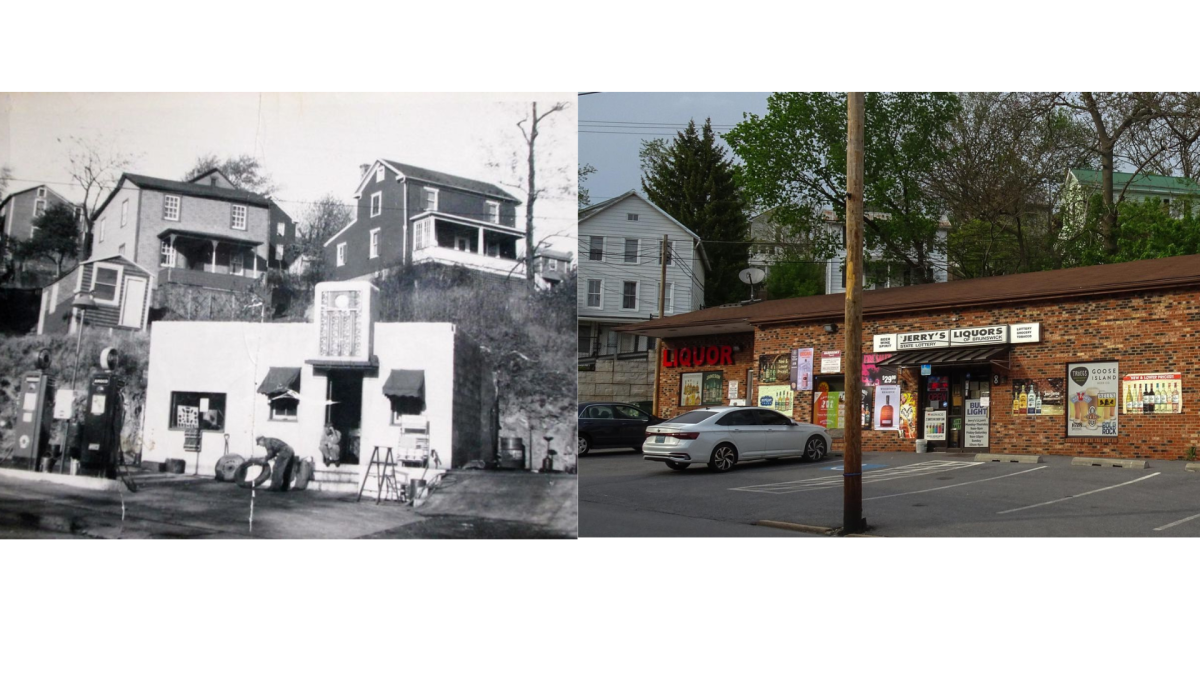



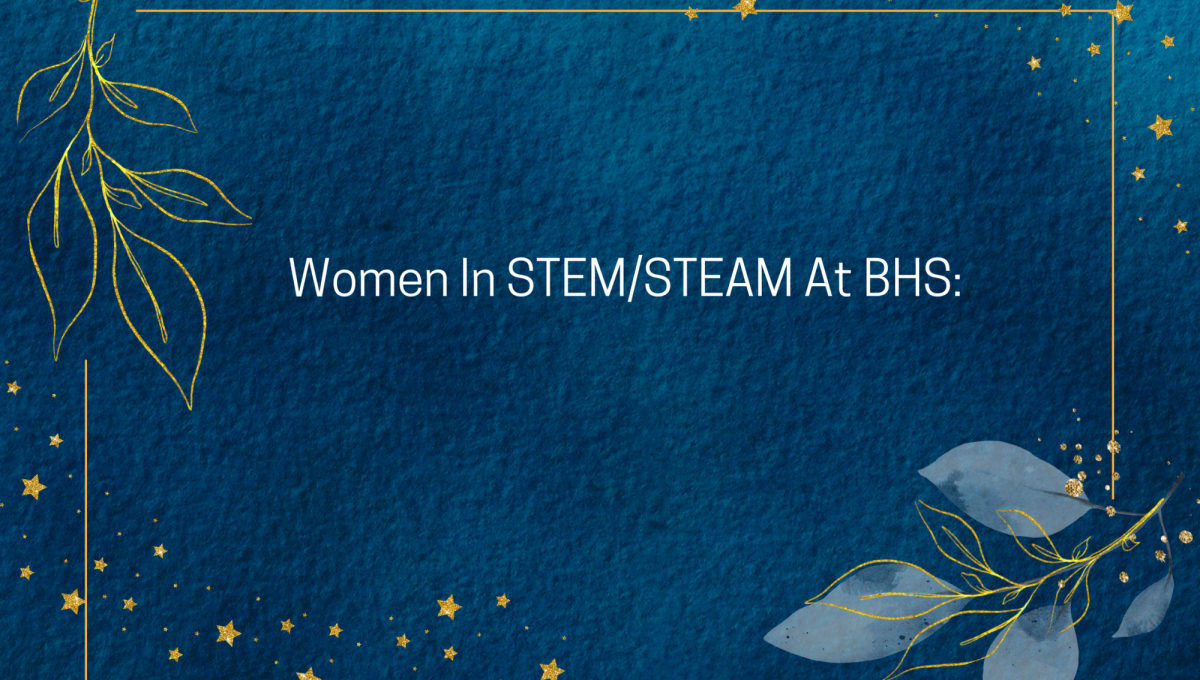














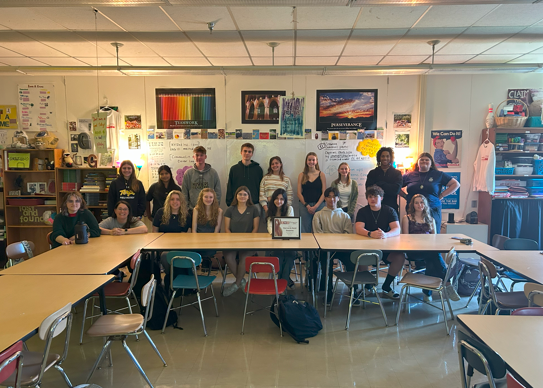




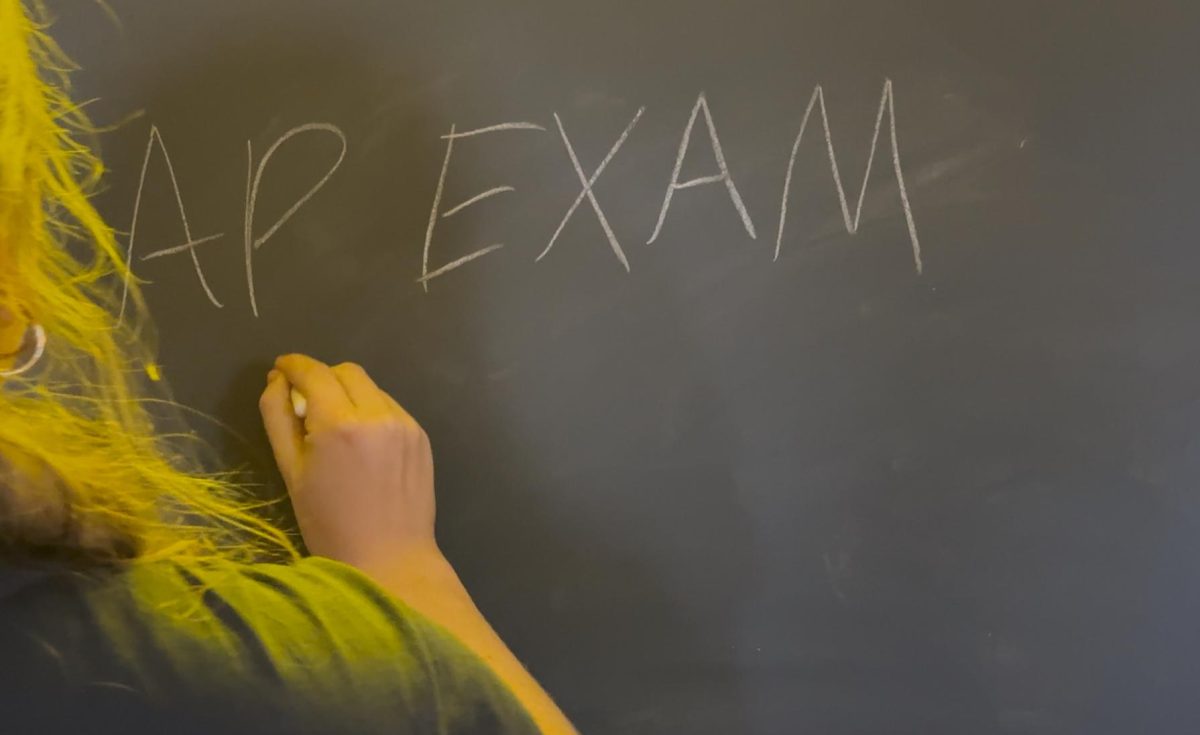









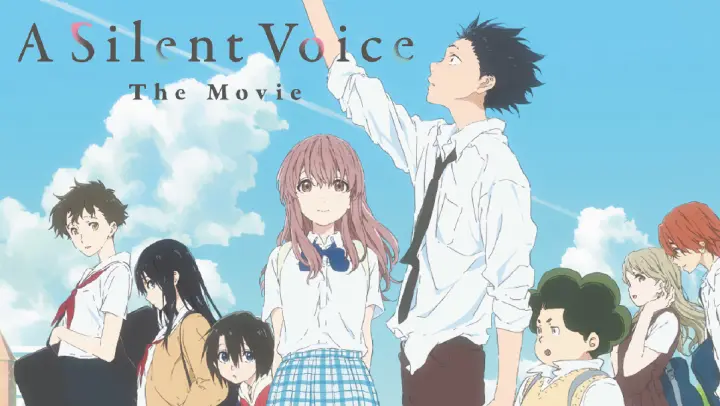
Michael Kittredge • May 19, 2022 at 8:15 am
This was a fantastic article. Personally, I have read the first volume of A Silent Voice, and it was amazing. You portray the significance of this work very well, and convey how the author showed the suffering, friendship, atonement of their lives. The information you gave about the suicide rate was very surprising, and I like that you connected it to what the death rate was by COVID because it really emphasizes how high the suicide rate is. Overall this was a fantastic article that accurately analyzes the imagery in the story, and reveals how few stories in the media don’t romanticize or underplay mental illness. If you haven’t already, I would also recommend reading Dr. Frost, it is a great story about the life of a psychologist in Japan who doesn’t have empathy.